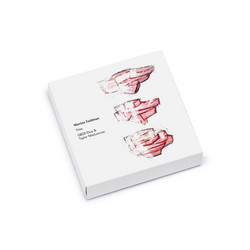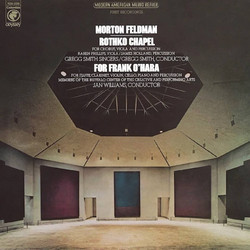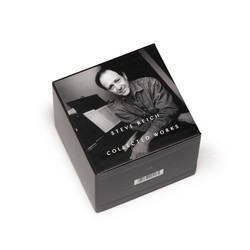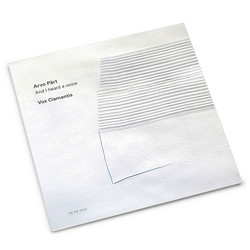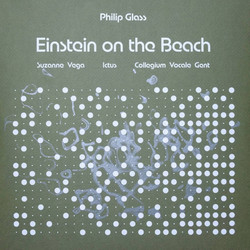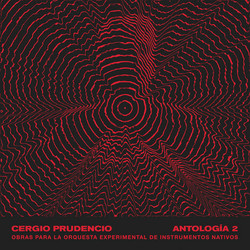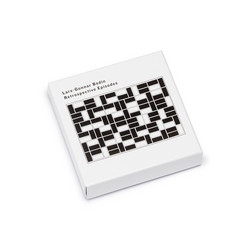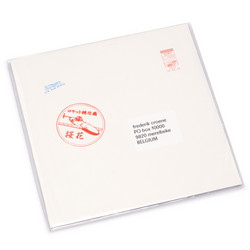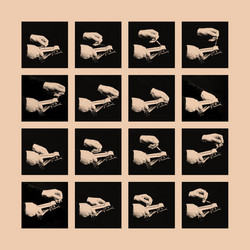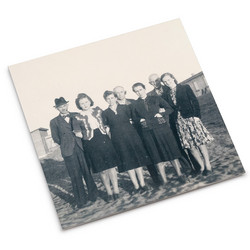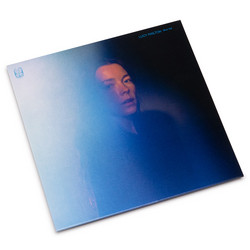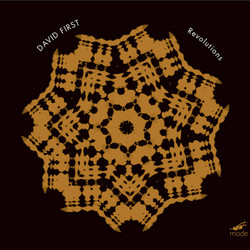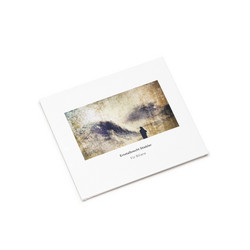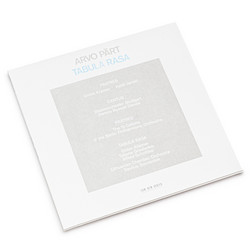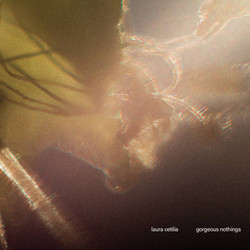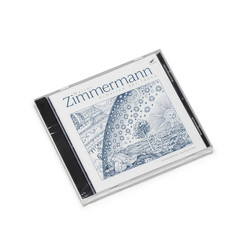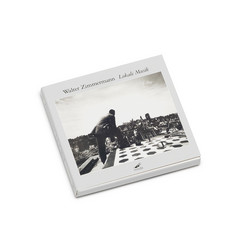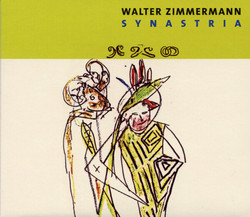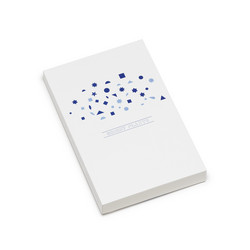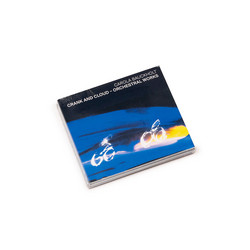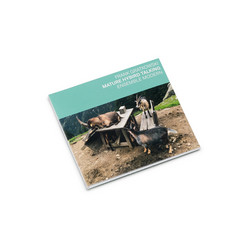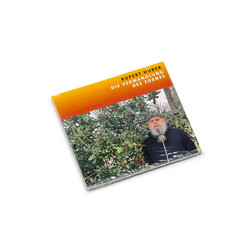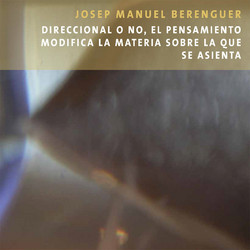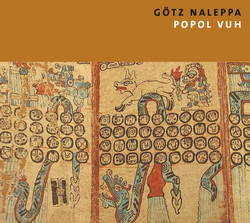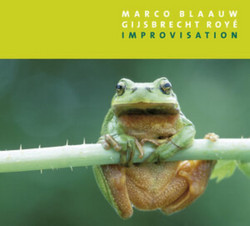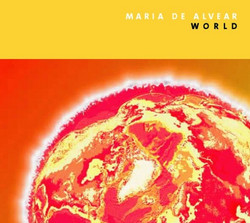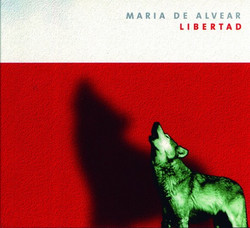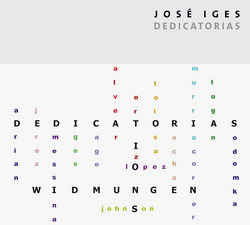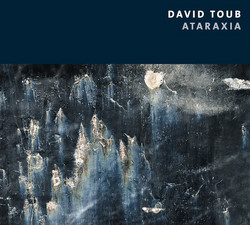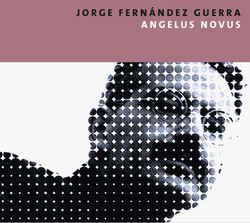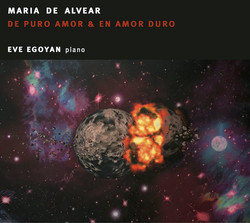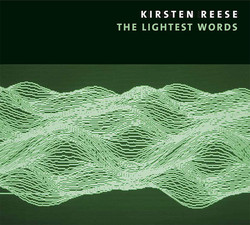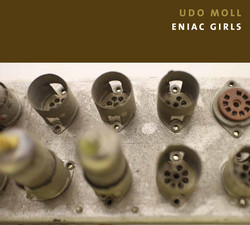In intensive collaboration with the Swedish ensemble Lipparella, which specializes in creating contemporary repertoire for baroque instruments and countertenor, these 10 timeless contemporary songs were created.
Peter Söderberg, the founder of Lipparella tells: "After having met by chance at the Ultraschall Festival in Berlin in 2019, Walter Zimmermann and I started discussing whether it would be possible to perform some of his music by Lipparella. After suggesting some already existing works, which could be adapted to a different setting—this is a common feature in Walter’s oeuvre—he eventually presented two original works for Lipparella that reflect the composer’s interest in Scandinavian poetry: Ett avlägset land, with lyrics by Gunnar Ekelöf, and Cirkel, with lyrics by Inger Christensen. The fact that the voices of both poets are present in the works, from recordings made in the 1960’s, also reflects Walter’s occupation with documentary recordings and poetry readings.
Having concluded that a complete portrait programme with Walter’s music could be assembled by Lipparella, rehearsals began. Some of Zimmermann’s scores may look straight forward at first, but soon enough the unusual challenges he confronts interpreters with are brought to the surface, and unexpected questions regarding musical interpretation arise. Even if Zimmermann’s music is seldom based on experimental playing techniques, the extended glissando movements in Shadows of Cold Mountain 1 (1994) make use of the recorder in a very unorthodox way. Other works prescribe the performer to base the interpretation on aural or visual models: In Dit (1999), the task of the viola da gamba player is to imitate the voice in a field recording from Papua New Guinea as closely as possible. And for the realization of Paraklet (1995), the interpreter—here using three superimposed violin parts—decides on different routes across a projected map image, where the names of the cities along the way determine the musical material."
